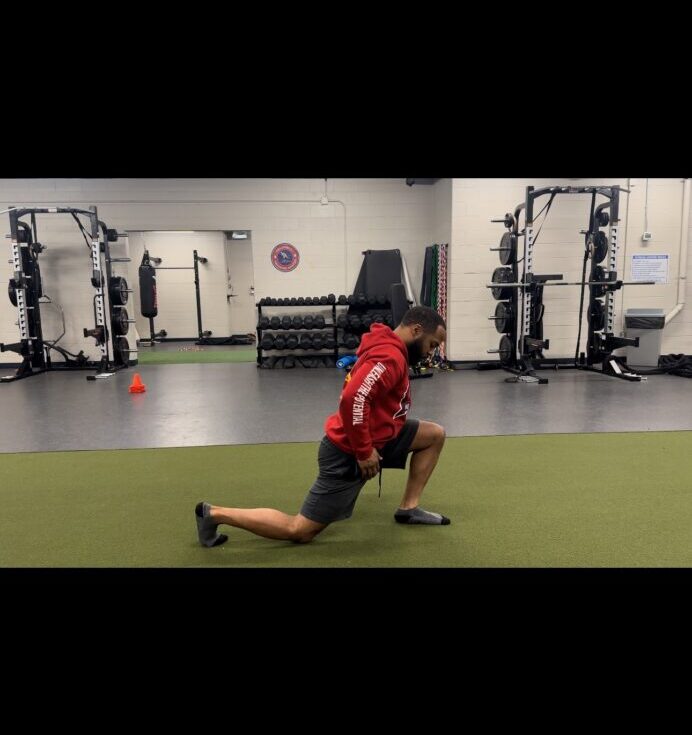Within the athletic community, there has been an ongoing debate about the benefits of static stretching, the benefits of dynamic stretching and what is more important. The right choice depends on the athlete’s goals.
Purpose of Static Stretching and When to Use:
Static stretching involves holding a stretch without movement, typically for 30-45 seconds. This type of stretching is helpful for relaxing the muscles or releasing tension in muscles that may be sore or tight. However, static stretching reduces muscle elasticity, making it less responsive to quick changes in movement. Therefore, static stretching should be performed after a workout to avoid reducing performance.
Purpose of Dynamic Stretching and when to use:
Dynamic stretching involves adding movement through controlled motions, such as leg sweeps, walking lunges, and lunge twists. These stretches warm up muscles and increase blood flow, preparing the body for physical activity. Dynamic stretching is essential before practice or games to ensure muscles are ready for intense performance.
Finding the Balance:
Proper warm-up is crucial for preventing injuries and enhancing performance. For example, hockey players should focus on dynamic stretches that target the specific muscle groups used during play. Leg scoops activate the hamstrings, while deep squats loosen hip flexors and the groin. Entering practice or a game without warming up increases the risk of injury due to poor blood flow to muscles. Avoid static stretching before a workout as it can lead to excessive flexibility and potential injury.
Biggest Takeaway:
Starting with dynamic stretches before a workout helps in preparing the body for activity; and using static stretching post-activity helps to reduce soreness and promote muscle recovery.
#unleashthepotential
Written by:
Darrid Watson, CSCS, NSCA-CPT
Take action… Now!
Visit us: Inside of the Flyers Training Center 601 Laurel Oak Rd. Voorhees, NJ 08043



